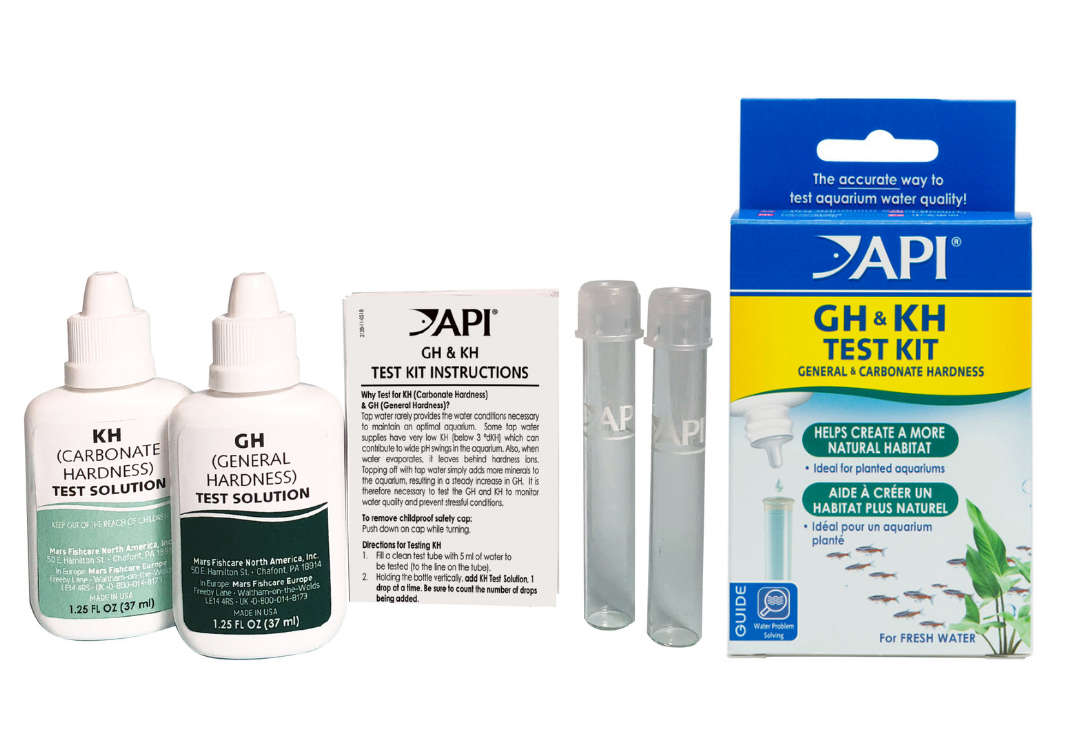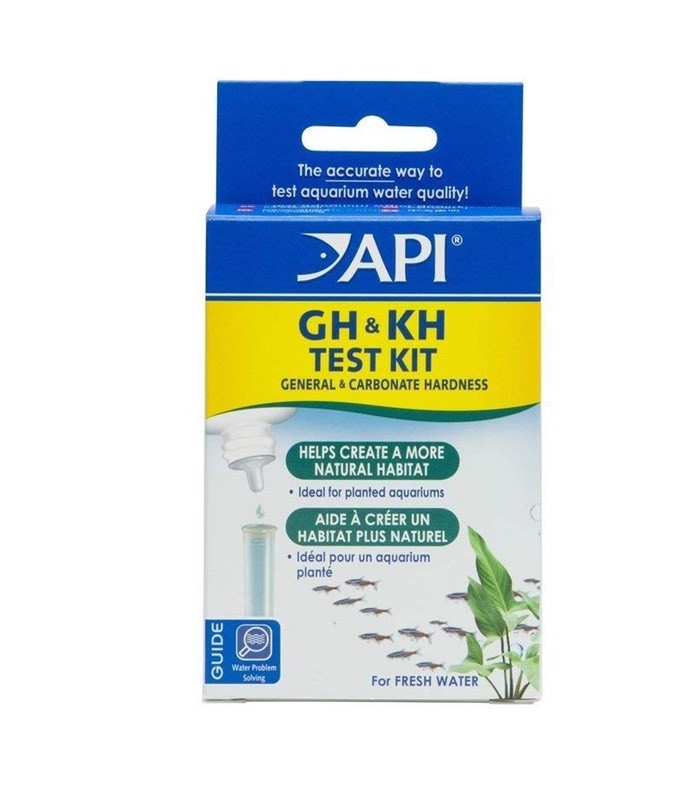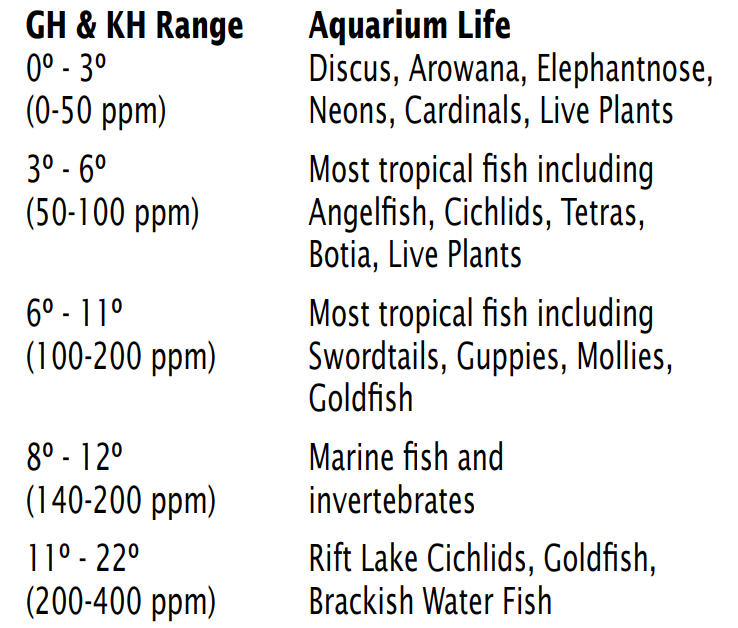API
API - GH & KH TEST KIT Aquarium Tester Must have for Shrimp and Planted Tank
API - GH & KH TEST KIT Aquarium Tester Must have for Shrimp and Planted Tank
Tidak dapat memuat ketersediaan pengambilan
When keeping freshwater fish and plants, the general hardness (GH) and carbonate hardness (KH) of aquarium water should match their natural habitat. The API GH & KH TEST KIT helps you duplicate the natural habitat of your fish to prevent stress, keeping them healthy!
Contains 2 test bottles, easy-to-ready instructions, and test tubes
Why Test for KH (Carbonate Hardness)
& GH (General Hardness)?
Tap water rarely provides the water conditions
necessary to maintain an optimal aquarium. Some tap
water supplies have very low KH (below 3 ºdKH) which
has very little pH buffering capacity. This can contribute
to wide pH swings in the aquarium. Also, when water
evaporates, it leaves behind hardness ions. Topping
off with tap water simply adds more minerals to the
aquarium, resulting in a steady increase in GH. It is
therefore necessary to test the GH and KH frequently to
monitor water quality and prevent stressful conditions
from occurring.
Directions for Testing KH
1. Rinse a clean test tube with water to be tested.
2. Fill the test tube with 5 ml of water to be tested
(to the line on the tube).
3. Holding the bottle vertically, add KH Test Solution,
one drop at a time. Be sure to count the number
of drops being added.
4. Cap the test tube and invert several times after
each drop.
5. The test is completed when the water in the test
tube, after having been shaken, turns from blue to
yellow. If you have difficulty discerning the color
after the first drop of test solution is added, remove
the cap from the test tube and, while holding it over a
white background, look down through the tube.
6. The KH value is determined by the number of drops
of test solution that must be added to turn the water
in the test tube bright yellow. See GH & KH
Conversion Chart at end of instruction leaflet.
Directions for Testing GH
1. Rinse a clean test tube with water to be tested.
2. Fill the test tube with 5 ml of water to be tested
(to the line on the tube).
3. Holding the bottle vertically, add GH Test Solution,
one drop at a time. Be sure to count the number
of drops being added.
4. Cap the test tube and invert several times after
each drop.
5. The test is completed when the water in the test
tube, after having been shaken, turns from orange
to green. If you have difficulty discerning the color
after the first drop of test solution is added, remove
the cap from the test tube and, while holding it over
a white background, look down through the tube.
6. The GH value is determined by the number of drops
of reagent that must be added to turn the water in
the test tube green.
What the Test Results Mean
Use the table below to create the ideal water
hardness levels for your aquarium fish. When keeping
a community aquarium with a variety of tropical fish,
adjust the GH and KH to 3 - 6º (50-100 ppm).
GH & KH Range Aquarium Life
0º - 3º Discus, Arowana, Elephantnose,
(0-50 ppm) Neons, Cardinals, Live Plants
3º - 6º Most tropical fish including
(50-100 ppm) Angelfish, Cichlids, Tetras,
Botia, Live Plants
6º - 11º Most tropical fish including
(100-200 ppm) Swordtails, Guppies, Mollies,
Goldfish
8º - 12º Marine fish and
(140-200 ppm) invertebrates
11º - 22º Rift Lake Cichlids, Goldfish,
(200-400 ppm) Brackish Water Fish
Membagikan








